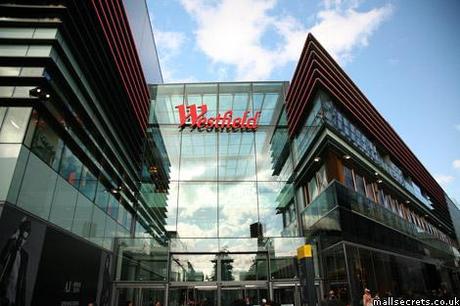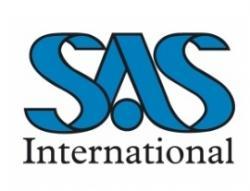
photo credit: http://mallsecrets.co.uk
The 2012 Olympic Games ended August 12 after having awarded dozens of athletes the highest athletic honor; yet there was one other winner indirectly affected by the London Games: SAS Project Management. The company won a Gold Judges Award at the 2012 AIS Contractors Awards ceremony for their work on Westfield Stratford City shopping center, the building that links directly to the Olympic Park.
London’s selection as the site of the 2012 Olympic Games was great news for Great Britain. To the people of Westfield, this announcement brought home the realization that the Westfield Stratford City would be the arrival point for most of the visitors to the Olympic Park, which caused the project team to closely examine space requirements such as walkways and entryways. The team brought in SAS International to assist with construction to meet tight deadlines.
Westfield Stratford City and the Olympics

Around 70 percent of visitors heading to the Olympic Park pass through Westfield Stratford City, a 1.9 million square foot shopping center that is larger in scale to an airport terminal. The shopping center’s team had to bump up their 10-year construction plan to complete the project in six years before the games began. The Westfield team in conjunction with SAS International was able to meet the deadline by using prefabricated sustainable materials.
More than 23 million people had already visited the shopping center since opening in September 2011 before the Olympic Games, says Westfield’s Design Director Simon Cochrane. The use of prefabricated metal materials was a key to opening the center well in advance of the July 27, 2012 kickoff of the Olympic Games.
Sustainable Building Practices
Using sustainable building practices meant that the team involved considered factors such as renewable energy, indoor environmental quality, water conservation and sustainable materials when constructing new buildings. Many think of bamboo and recycled materials as sustainable, green building materials, but some iconoclasts contend that metal is also a green building material due to its durability and energy efficiency.
When metal is coated with solar reflective coatings, it becomes a building material that can drastically decrease energy use because it stays cool with less energy needed for regulating temperature. Building with metal is also safe for the environment. The Chrysler Building uses 40 percent less energy than the average building, plus it gives off 35 percent less carbon dioxide emissions.
The Westfield team and SAS International chose metal for both its durability and aesthetic appeal. Metal and prefabricated materials allowed the builders to quickly install and retrofit areas of the shopping center. Builders chose aluminum for much of the outside of the center because of its ability to withstand weather, an important decision in a town like London that is known for rain and fog.
Other ways to make a building green are to incorporate energy efficient appliances and fixtures, such as Energy Star appliances, sinks with auto shut-offs, automatic doors, automatic lighting – you know, the kind where it lights up and shuts off when you come around; man, the future is something else. Using environmentally friendly materials helps to save water, save energy, reduce waste and lower harmful emissions.
Westfield is the connecting point between the Stratford International railway station and the Olympic Village and Olympic Park. Building a bridge between the two meant architects had to find a way to make the link bridge blend with the retail environment of the shopping center and be particularly durable because it serves as a public walkway 24 hours a day.
Tubeline Bulkheads Have Historic Inspiration
Steel was the metal of choice for much of the inside of the shopping center. One of the center’s more elegant design features is the structures steel Tubeline that runs like railways tracks and sleepers, providing a historic reminder of the railways sidings on which Westfield is located. Builders placed the Tubeline on all three levels of the center in differing widths that gives the illusion that they are all the same size.
Every city undergoes major preparations for hosting the Olympic Games, but rarely is one structure outside of the Olympic Park and Olympic Village so critical to the public’s needs in relation to the Games. Westfield Stratford City no doubt will endure along with today’s Olympic champions and always remain a small part of Olympic history.

